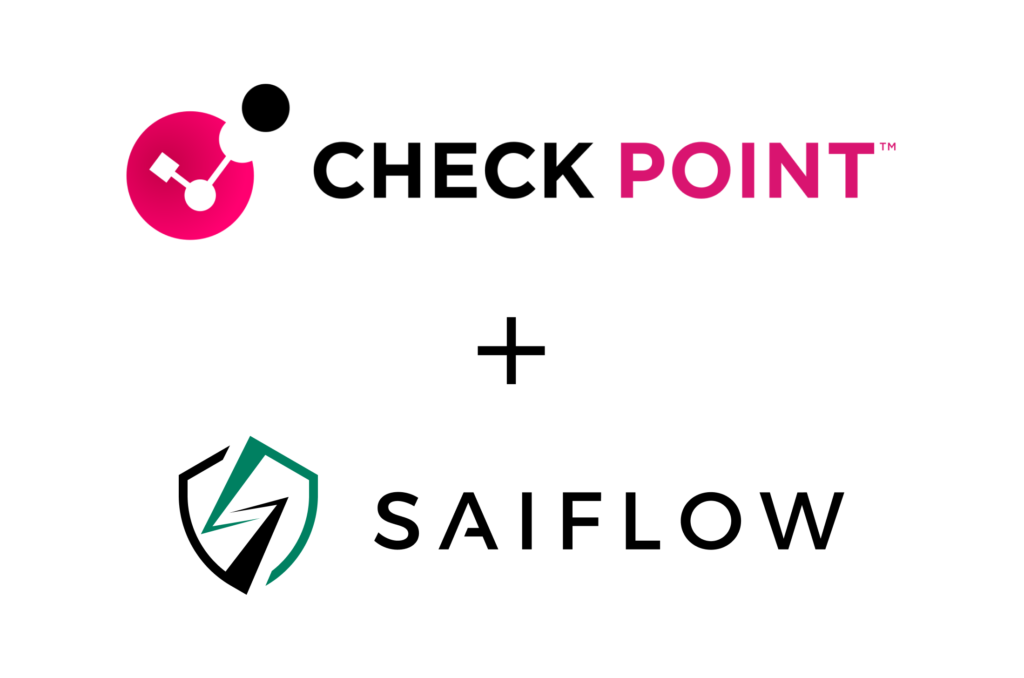
EV Charging Networks Need Configuration Management to Boost Their Security Posture
Without proper configuration management, EV charging networks remain vulnerable to cyber threats, operational disruptions, fraudulent activities, and safety risks. As the industry evolves, well-managed configurations will be a key differentiator for CPOs looking to build a trusted and resilient charging network







